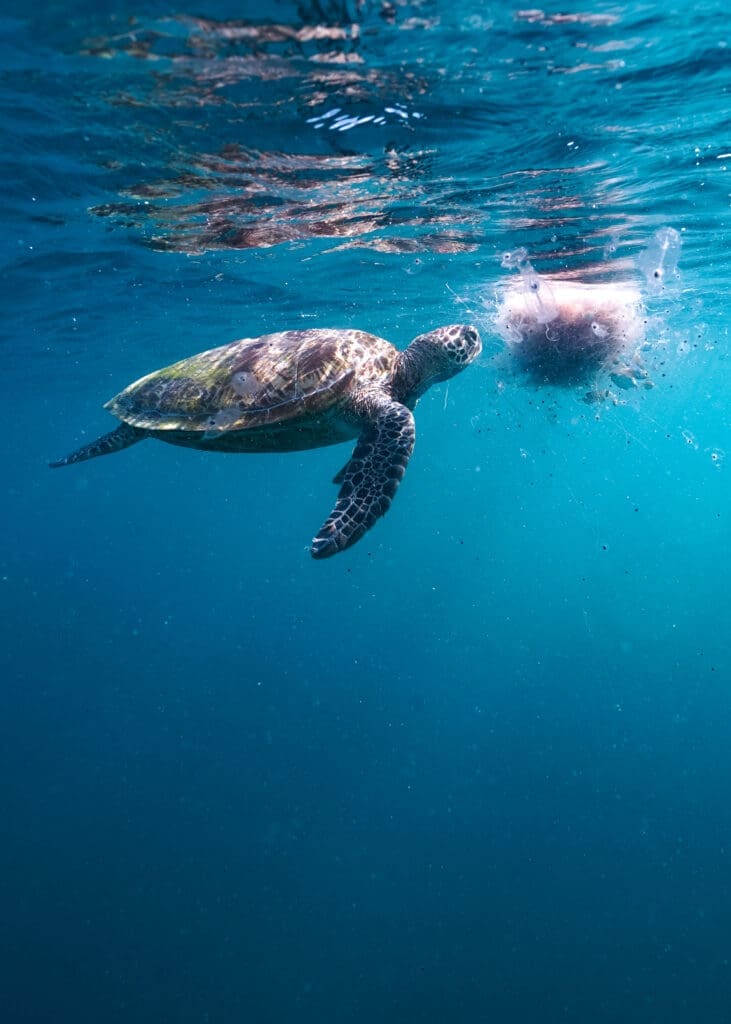Turtles’ Fascinating Relationship with Jellyfish: A Delicate Balance of Survival
Introduction
Turtles are intriguing creatures that have captivated the imagination of people for centuries. From their graceful movements in the water to their ancient lineage, turtles are truly remarkable. One aspect of their behaviour that often surprises people is their affinity for jellyfish. While it may seem unusual for a reptile to feed on gelatinous creatures like jellyfish, this unique relationship highlights the adaptability and resourcefulness of these ancient reptiles.
Turtles and Jellyfish: A Feast or Foe?
Jellyfish make up a significant portion of the diet of many turtle species, including the leatherback, loggerhead, and green turtles. Despite their stinging tentacles and toxic properties, turtles have developed specialized adaptations to safely consume jellyfish. These adaptations include modified beaks and throats designed to help them swallow their gelatinous prey.
Feeding Strategies
Turtles have various feeding strategies when it comes to jellyfish. Some turtles actively hunt jellyfish, using their keen sense of smell to locate their prey. Once they find a suitable jellyfish, they will use their strong jaws to bite and tear it into manageable pieces before consuming it. Other turtles, like the leatherback turtle, have a unique feeding technique. With their powerful jaws and sharp papillae lining their throats, leatherbacks can consume jellyfish whole, allowing them to feed on larger specimens.

Benefits and Challenges
The consumption of jellyfish provides several benefits to turtles. Jellyfish are a source of nutrients, including protein and minerals, which are essential for the turtle’s growth and overall health. Additionally, jellyfish have a high water content, helping to keep the turtle hydrated, especially in marine environments where freshwater sources may be limited.
Conservation Implications
The delicate balance between turtles and jellyfish has broader conservation implications. Overfishing and pollution have led to a decline in jellyfish predators, including turtles. As a result, jellyfish populations have surged in some areas, creating imbalances in marine ecosystems. By protecting and conserving turtle populations, we can help control jellyfish numbers and maintain the health and diversity of our oceans.
Conclusion
Turtles’ ability to feed on jellyfish showcases their remarkable adaptability and the intricate web of relationships within marine ecosystems. While jellyfish provide a vital source of food for many turtle species, maintaining a healthy balance is crucial. By understanding and appreciating this unique aspect of turtles’ feeding behaviour, we can work towards preserving their habitats and fostering a sustainable coexistence between turtles and jellyfish in our oceans.

